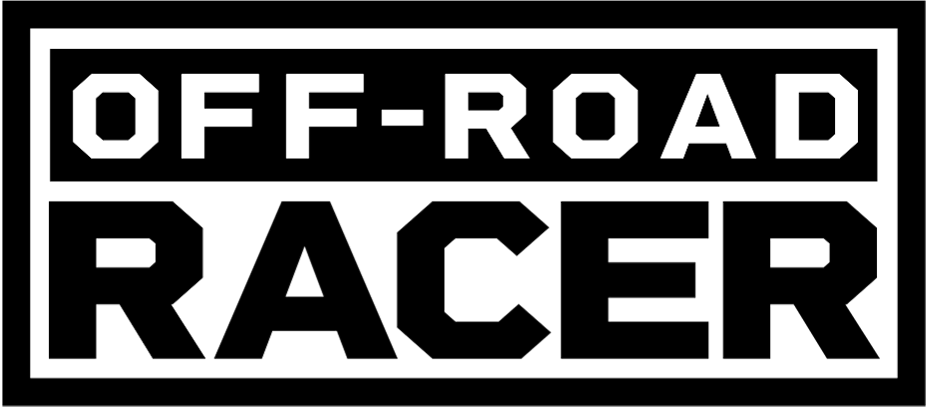Alex Scheuerell: “We Left a Lot of Things Stock on the Pro R Factory Edition”
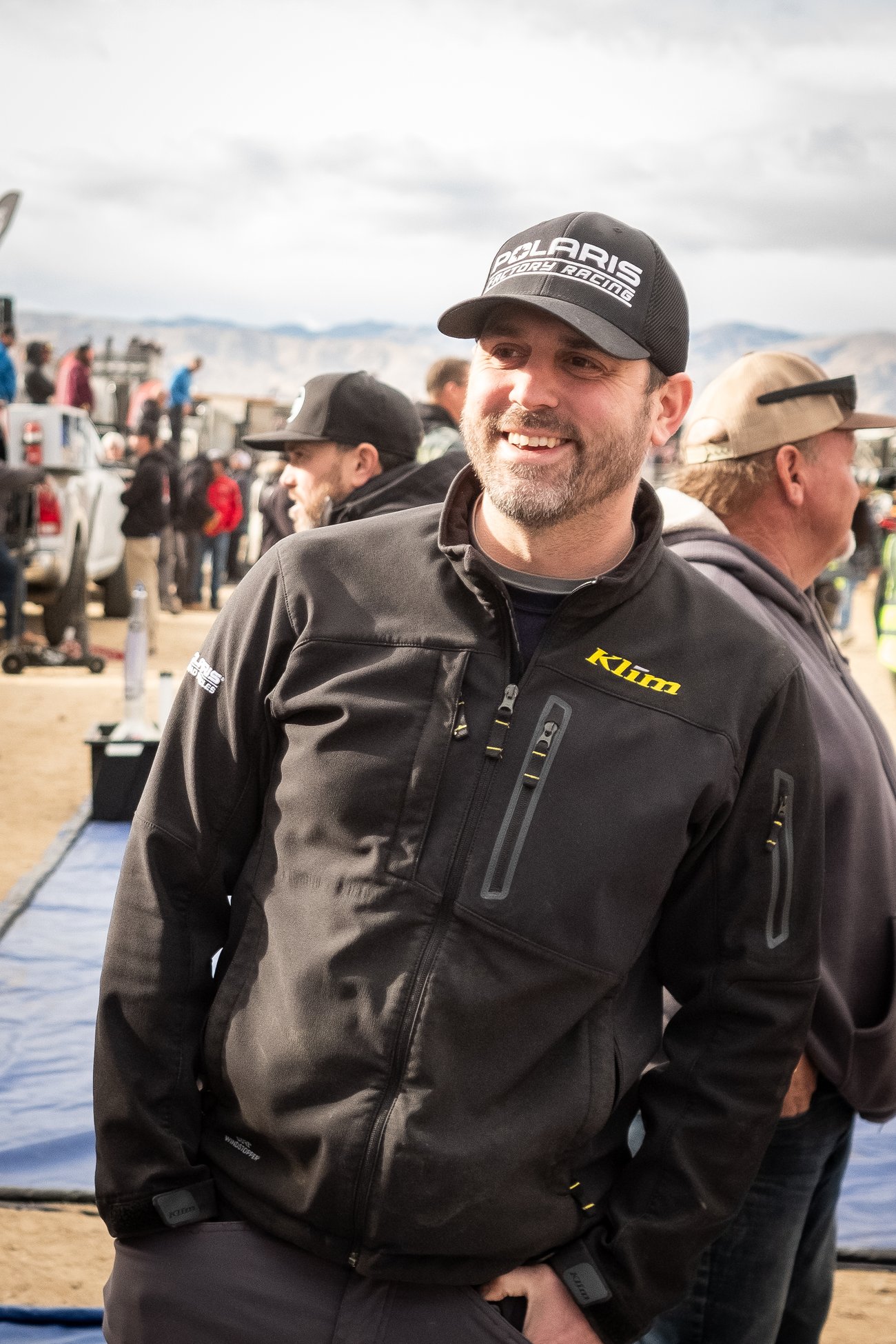 Just a year and a half into its existence, Polaris Factory Racing has established itself as the class of the field wherever it’s gone. Cayden MacCachren’s win at the Baja 500 earlier this month made for his third straight win in the SCORE World Desert Championship dating back to last year, but it also marked the continuation of a perfect eight-for-eight class win streak in everything the team has touched since day one.
Just a year and a half into its existence, Polaris Factory Racing has established itself as the class of the field wherever it’s gone. Cayden MacCachren’s win at the Baja 500 earlier this month made for his third straight win in the SCORE World Desert Championship dating back to last year, but it also marked the continuation of a perfect eight-for-eight class win streak in everything the team has touched since day one.
Polaris Factory Racing Technical Director Alex Scheuerell moved into the role early in the team’s existence after a lengthy career with the brand, and has guided the team through many of its biggest successes in that role. He checked in with us after the Baja 500 win to talk about his background before taking over the role, how well the team has gelled since its formation, just how close to a stock Pro R the Factory Edition model is, and what’s next:
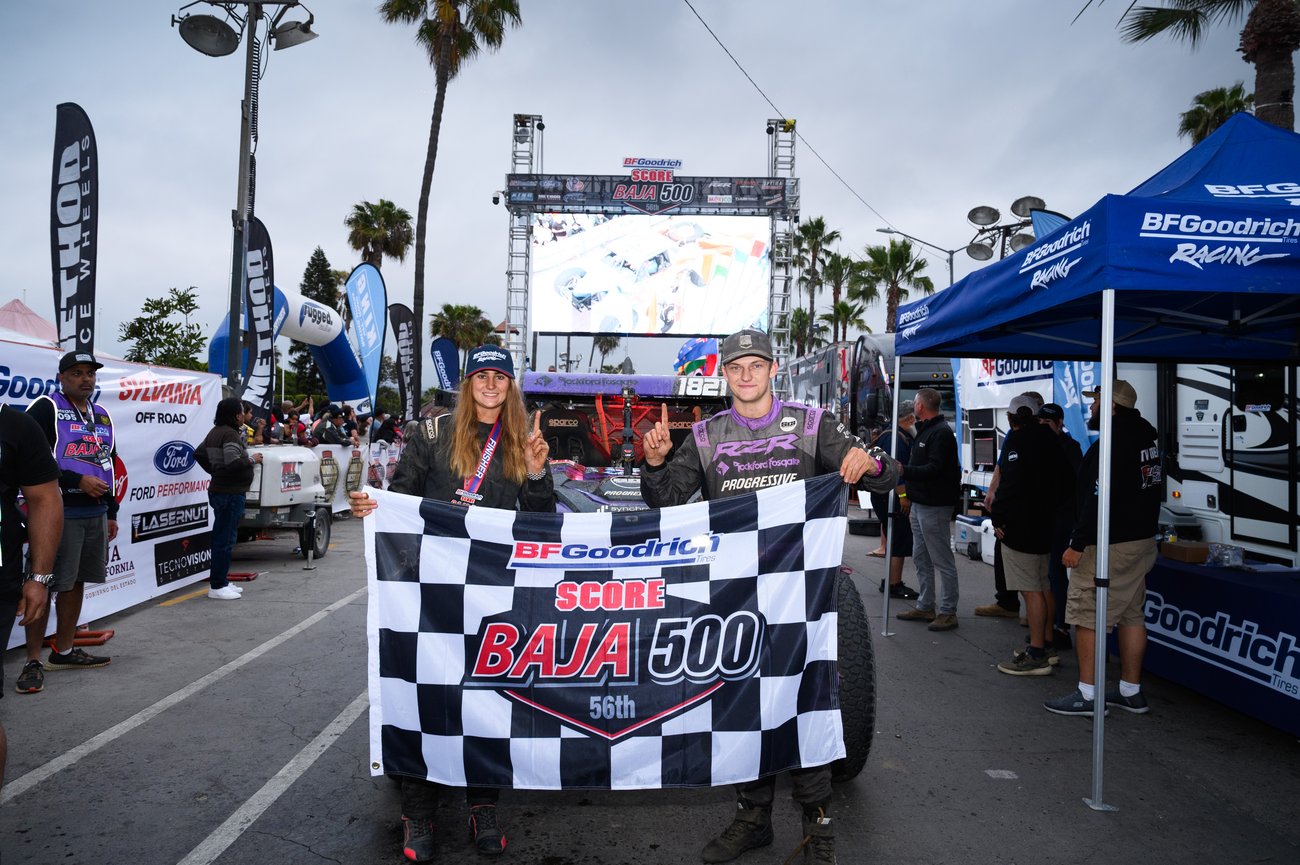
First things first, congratulations on continuing the winning streak with yet another victory for Cayden at the Baja 500. What does it mean for you guys to have taken wins in every race since the team’s formation last year?
It's pretty special. And, we definitely try to not take for granted how important and how special that is. Because there are a ton of competitors that are all trying to win, right? And they're very, very good. And we work our tails off, but so is everyone else, so we definitely don't take it for granted. But we enjoy doing it. And, of course we know there's going to be a time—hopefully in the long distant future—where we don't win, but we like to think that we're bringing the sport along with us. And we've seen even over the past year how fast our competition has gotten, and how good they're getting. That’s great, it pushes us to get better.
Even cooler is how good all of our Pro R racers are getting. We love to see that, you know, a win for a Pro R is a win for Polaris. It's been really cool how all of our Polaris athletes are stepping up their game in response to what we're doing on the factory team and what we're learning on the factory team. We're feeding back right into those guys and helping them get better, too.
So it's been really neat to be so successful. And I think, honestly, we’ve surprised ourselves. We knew we were going to be good, but we figured there’d be some growing pains. But the team just kind of started clicking together right away, and we had all the right puzzle pieces in the right spots. It’s been challenging, but winning eight times in a year is pretty great for sure.
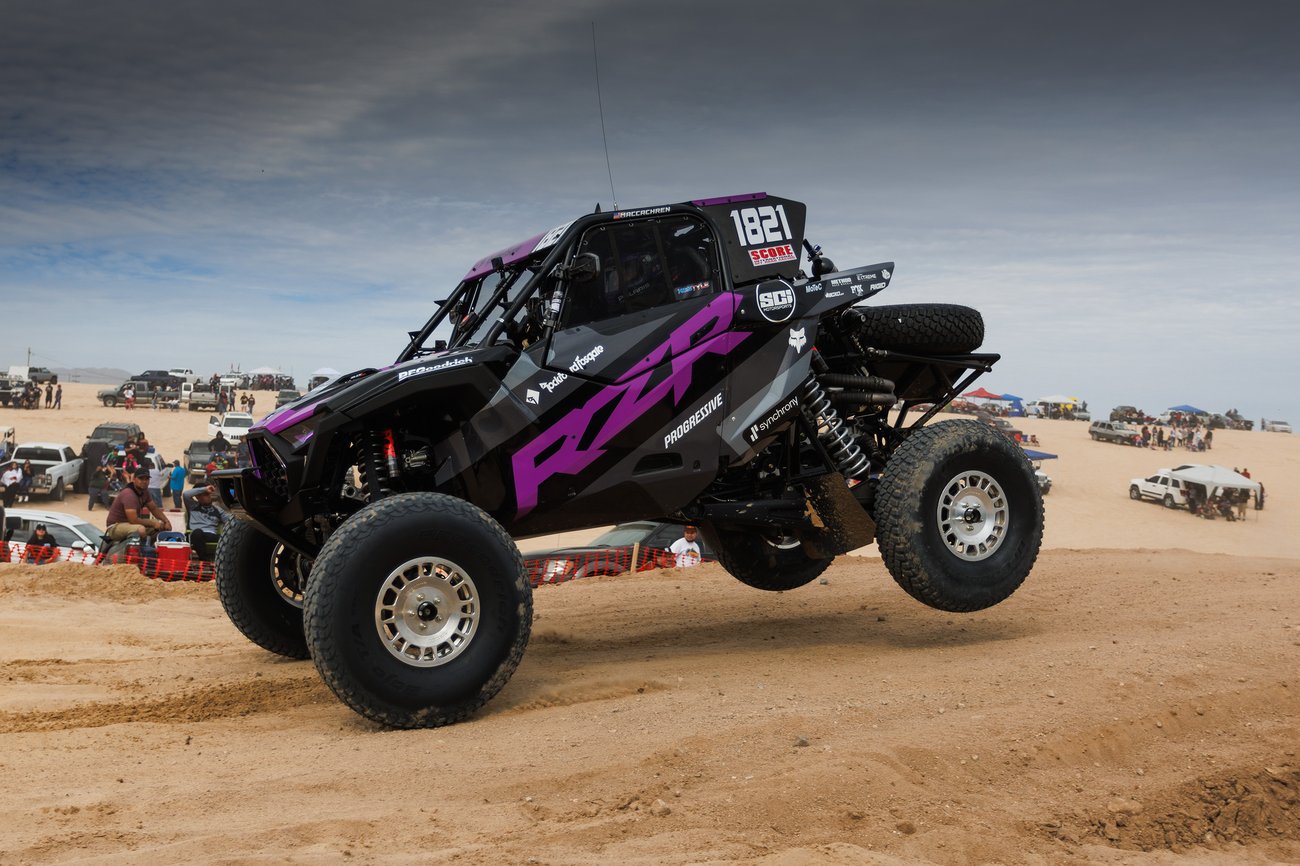
You've been with Polaris for quite some time, and I wanted to get into your career there and talk about a your background leading up to this role as technical director with the Factory Racing team. How does that role compare to and build upon the previous roles that you've had with Polaris?
I haven’t really been asked about my past before, so I appreciate that! Kind of a little known fact is I was an intern with Polaris in 2006, it was my first internship while I was in engineering college. When they offered me the intern position, they said I was going to be working on utility vehicles. I remember I rolled my eyes like, “utility vehicles, come on.”
I like racing, like going fast. I wanted to work on sport quads—there was no such thing as a RZR at that point. On my first day, they showed me what I was going to be working on, and it was the RZR concept.
I spent the next ten months working on the RZR and working on validation of the very first, original RZR, and developing that. I actually extended my internship an extra month and went to school a month late, so I could help launch it in January 2007. So that was my first foray into Polaris. And they hooked me pretty hard, obviously, because it's such a cool product and such a game changer in the industry, and it's right up my alley.
I bounced around after the internship and did a bunch of other jobs and various roles. My background ever since college was in suspension systems, and that was my passion. I always wanted to work on suspension systems and lead the handling team, and I made all that happen. I worked on the Ranger, ATV, and RZR suspensions in my early career. Then I did some other roles in product safety and our technology group as well, then came back and led the off road suspension ride handling team for all of Polaris up until I took this job.
As you know, going off road racing, the suspension wins races. So it’s a natural fit for me to come into this role, and it's been really good to have taken a lot of those experiences and help the team achieve its goals.
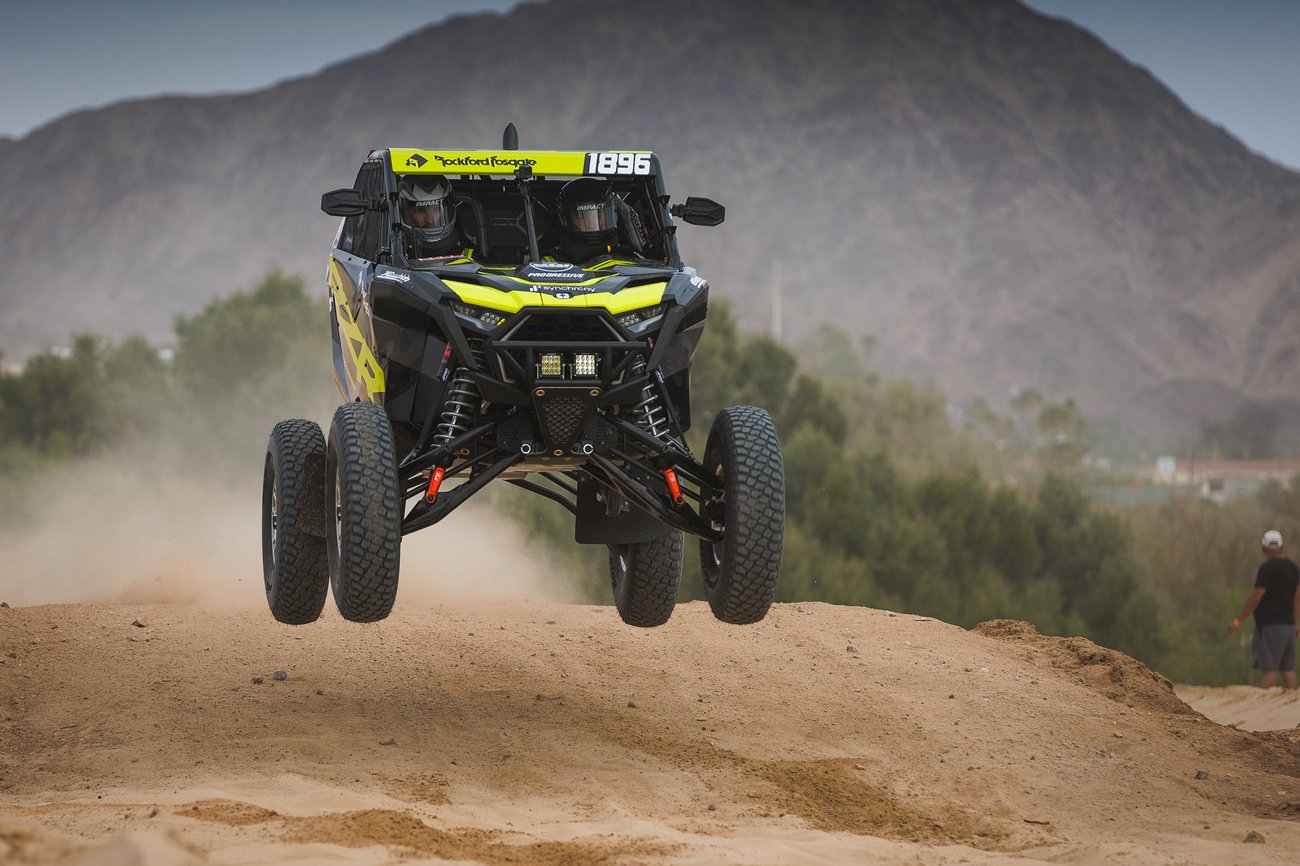
Going back with the RZR platform from the very beginning, there's no better person certainly to ask this: you guys have the Pro R Factory that you race, based on the Pro R model that is available to consumers. But one of the things that's fascinating about desert racing is just how much of these vehicles is unchanged from what the consumer can go out and buy. How close is the Factory Edition car to the Pro R on the showroom floor, and what are some of the most important components that are unchanged?
You hit the nail right on the head there. One of the biggest reasons why we started this factory team with the Pro R platform is that we spend ungodly amounts of time validating and developing these vehicles and putting them through the worst kind of paces that you can think of. And so we're super confident in the Pro R platform. But some of our racers would go and change to aftermarket stuff, and then they go break the aftermarket stuff. We're just slapping our heads like, “just don't change it and it'll be fine!” So when we developed these factory cars, obviously we have that that in mind.
We left a lot of the things stock. Most of the suspension components are stock. The only reason we change any suspension components is for adjustability. We wanted to add some camber adjustability, for example, like in the upper control arm, where it's not feasible from a cost or complexity perspective for a production car. Otherwise, the lower control arms, joints, hubs, knuckles, the rear trailing arm— the things that people typically would change first are all completely stock.
The shocks are basically stock with some race doodads and bits on them. The engine is bone stock; all the guts, everything is bone stock. The transmission is stock. Everything about the clutch is even stock. It's even got the stock weights, springs, and helixes on the clutch. The belt is stock. The front drive, the rear drive is bone stock.
Everything is stock on these things, and we're winning races and we're not breaking anything. Those are some pretty major components, right? It's the heart of the vehicle that we consciously decided to leave alone.
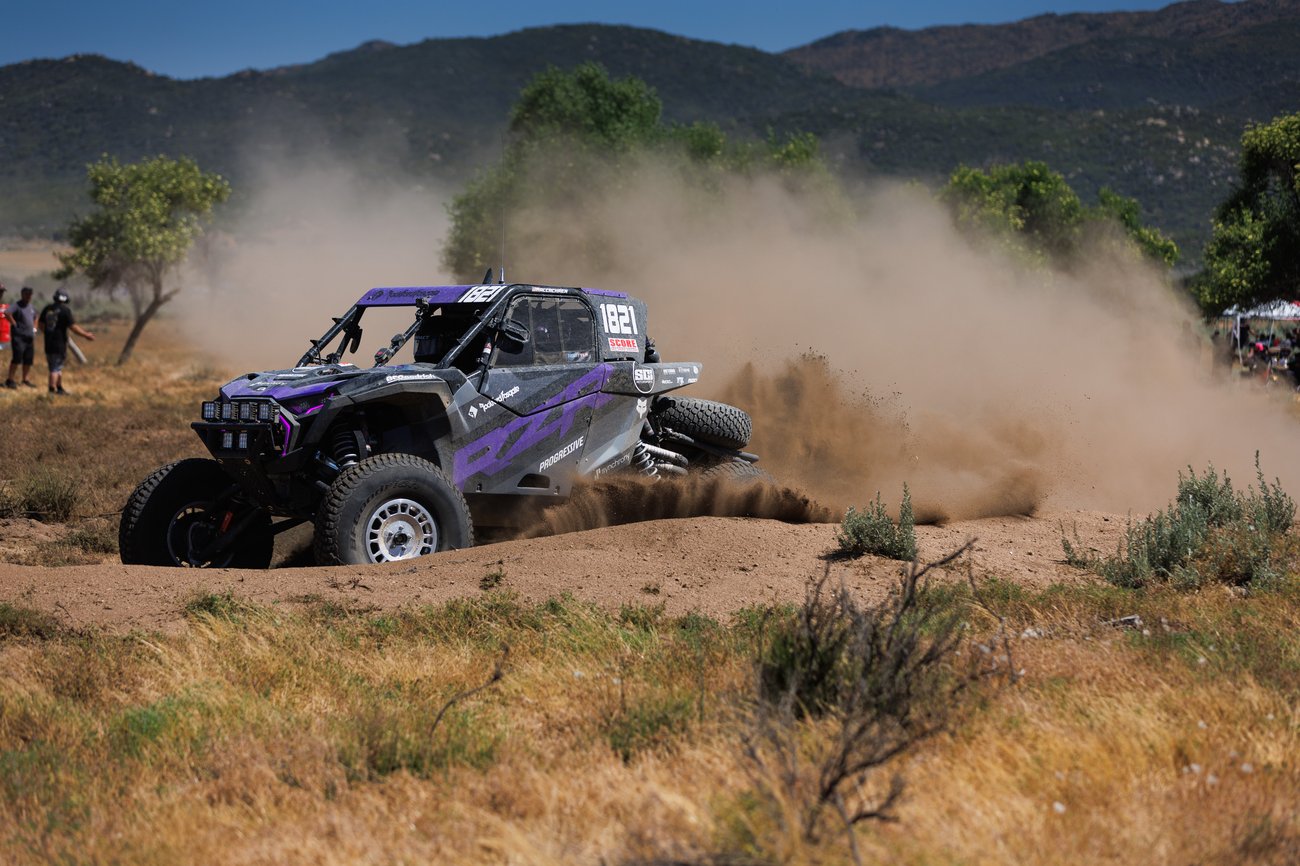
This year is considered the Gen 2 of the RZR Pro R Factory. As a competitive, factory race team, you’re always evolving. So how much has the car evolved over the past year and a half to get to this Gen 2 versions? Have there been any major changes from last year to this year, and what have been some of the biggest discoveries that you guys have made as a team over the past couple of years in refining this platform?
There's nothing really major. People are kind of disappointed when they ask what the biggest difference from Gen 1 to Gen 2 was. There's nothing huge about it, but there's a bunch of small improvements. It's the sum of its parts, right? And all those small improvements just fit together. It's a much more refined package that just works a lot better.
The chassis is most different from Gen 1 to Gen 2. We learned a lot from Gen 1 as far as what's important and what works, and we modified those to make the Gen 2 chassis. It’s like 80% stiffer, but the same weight as the Gen 1. And it's got better aesthetics too. Then we changed little things like brake hardware, just small things that we learned over the past year and this year. There are some things that we knew we always wanted to do, we just didn't have time for, like we've got a carbon fiber driveshaft that’s pretty awesome and works really well. That’s one of those things that's going to be available to the public here soon.
Looking at the race program, you guys focus on the SCORE championship, but there are always a couple of other races every single year that you guys have made a priority to do. What's the driving force behind the schedule that you guys pick? Is it the terrain and the physical challenges of the events that you pick, the prestige of winning them, or a mix of both?
It's pretty easy. It comes down to this: we think we're the best. And to prove that we're the best, we want to run against the best. And so, we've selected the races where we think the best guys from across the industry, not just in our class, but in all the UTV classes, and frankly, all the classes combined, are going to be at. The Mint, Vegas to Reno, and the King of Hammers draw a lot of really good competition. We don't want to only run against a bunch of privateers—God bless them, they're great, but we want to make sure that there are no excuses. That’s why we’re running these races, so we’re winning races against the best guys in the industry, because we want to prove our platform.
I can imagine that when you do some of these other events, where you've got different challenges, you have to make a handful of changes in how you prep. Are you making a ton of changes for an event like KOH, since it’s a rock event, versus when you're going down to Ensenada and running SCORE, or is it something where you guys don't have to do too much different from race to race across all these events?
It's not too much. There are certain races, definitely, where we think about our suspension set up a little bit differently and there are different tweaks and different setups we’ll have. They're pretty minor though in the grand scheme of things.
For King of the Hammers specifically, there are two different races that we focus on. One is the Desert Challenge, where we ran the factory Gen 1 cars this year, and then the King Hammers rock race. Certainly for the rock race, it’s a whole different set up. We entered that one with basically a bone stock Turbo R this year, learned a lot about that race, and took first in our class and I think fourth overall. So, that race is the exception for us, where that's a whole different set up, and you’re definitely really focusing on the rocks. But at the same time, half that race is in the desert, so you can't just build a rock bouncer. It's got to be a good car overall. But we do think our factory Pro R platform will be pretty competitive because it is a good overall car for the rocks and the desert.
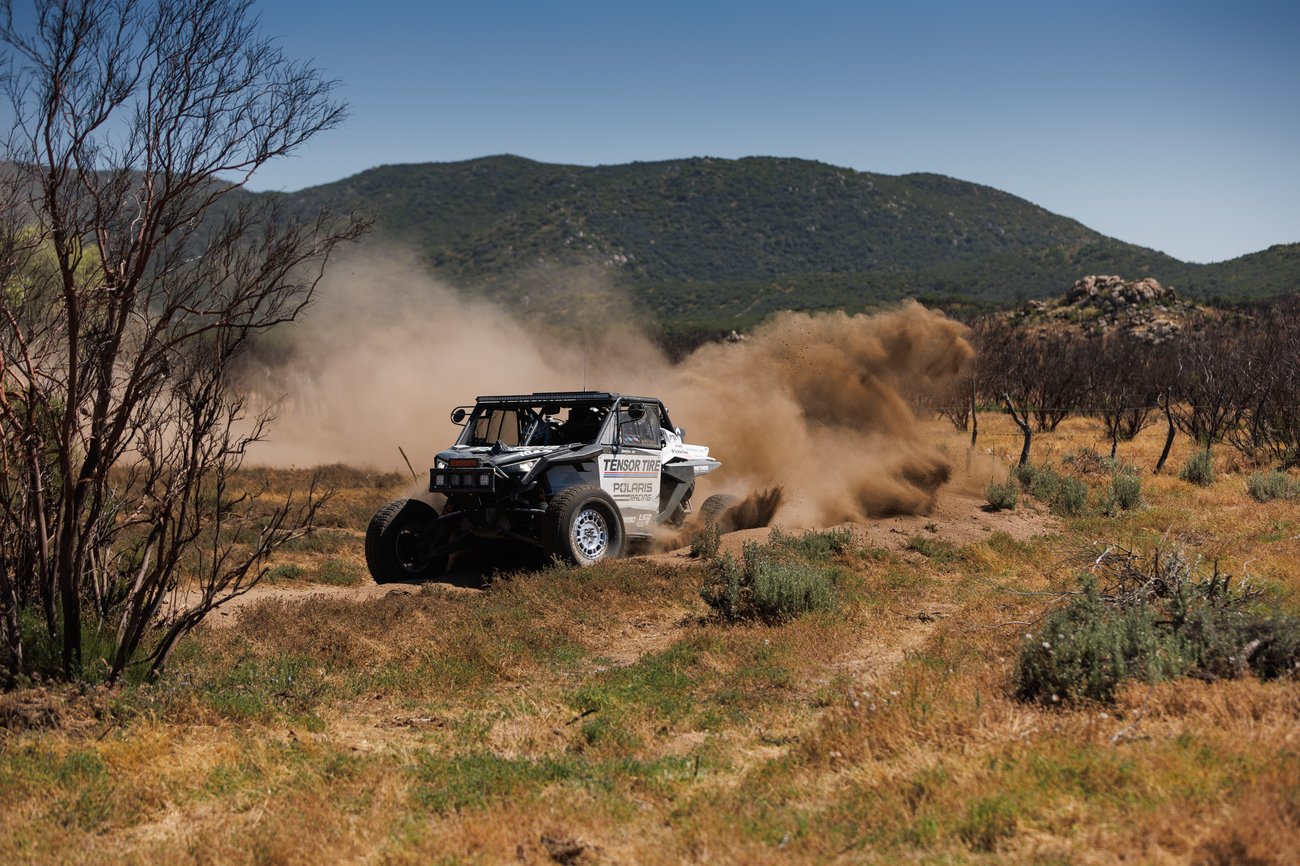
Getting back to something you talked about earlier with some of the other Polaris racers, and Pro R racers in particular: obviously you guys compete against a number of other Polaris supported teams wherever you go. How does it feel to have so many successful other Polaris entries as your closest competition? How does it strengthen the Polaris brand and the Pro R platform, and do you guys work with one another at all?
That's been one of my goals since I started this role, to fold all those teams and all that knowledge together so that we're all benefiting from it, including the factory team and what we're doing, and dishing that out. So, yeah, we've been preaching being a family a lot. A win for a Polaris is a win for all of us. And don't get me wrong, these guys are all fierce competitors, and they're fierce competitors with each other, but there definitely is a camaraderie that we have.
Every race we go to, we set up a group chat with every sponsored Polaris racer. If anyone needs anything, they send a message out to that group chat, and we're trying to all help each other no matter what team we're on. That plays itself out quite a bit. In the 500, where people needed some parts or had some issues, everyone kind of reached out and helped each other, and it was just really good to see. It’s awesome, and that makes me feel pretty happy that we're achieving our goals of what we set out to do.
If you're racing a Pro R, or even if you're just buying a Pro R, we want you to feel like you're part of something bigger. You're not just racing a UTV, you're racing with a family. We're going after that pretty hard, and we're trying to do as much as we can there. We're even in the middle of setting up a website for our Polaris racers so we're sharing all the same tips and tricks amongst each other and everything that we're learning is getting to everyone else so everyone can benefit from it. We're working on things like that because it’s important for us to have all our racers succeed.
Last one for you: keeping up the winning streak is a clear, obvious goal. You've got a whole SCORE season to try to sweep again, just as you did last year. But what else drives this team forward as you're looking to the rest of the year? There have definitely been opportunities where you guys have been in contention to sweep a podium, or even be running 1-2-3-4. Is that kind of the next major box for you guys to check at the finish, or are there other goals that maybe are less obvious than the results?
I think a podium sweep on the factory platform would be pretty special. It would just solidify the competitiveness of the platform we built. So I definitely would love to see that, but, you know, it's really hard to do at the same time. In desert racing, there are just so many variables and that that it can be the smallest thing that could take you out of the race. So we just want to go out there keep doing well, keep being on top of the podium, and just proving overall how dominant that Pro R platform is in the race and even on the showroom floor. It’s just a solid, solid platform that Polaris feels strongly about, and so as long as we keep posting good results, we're happy.
Images via Polaris Factory Racing
